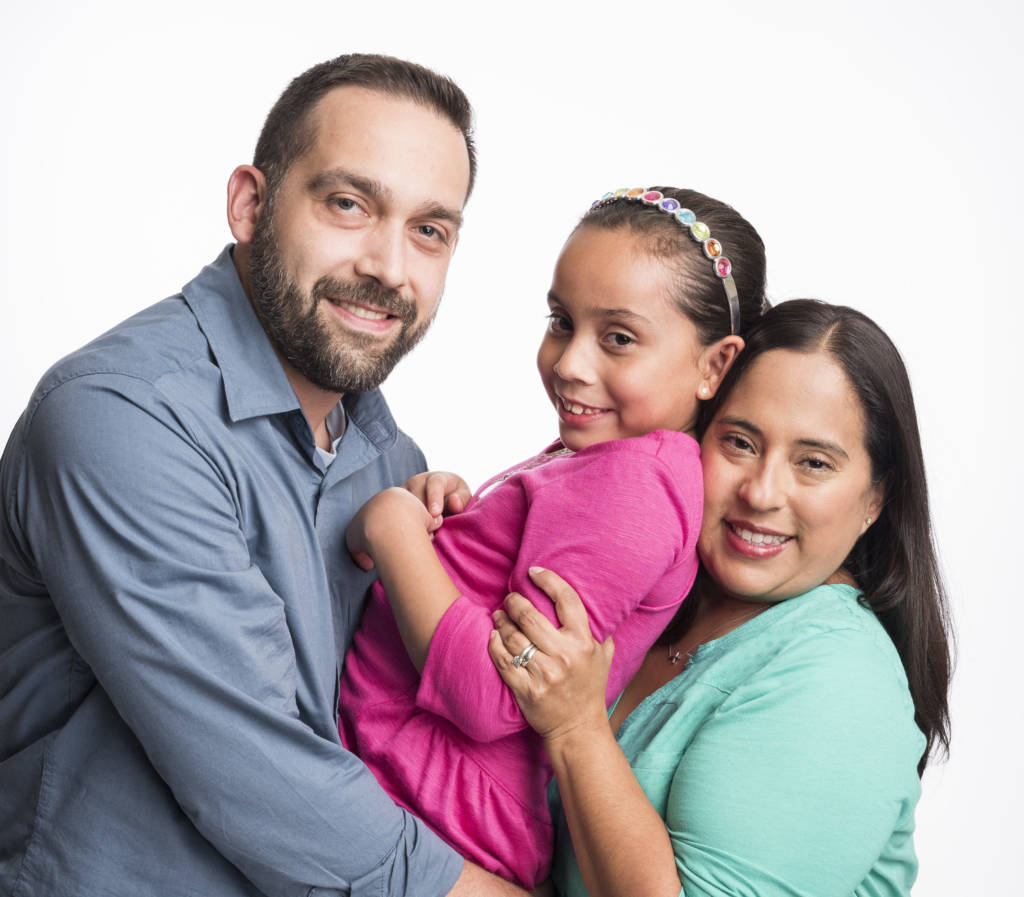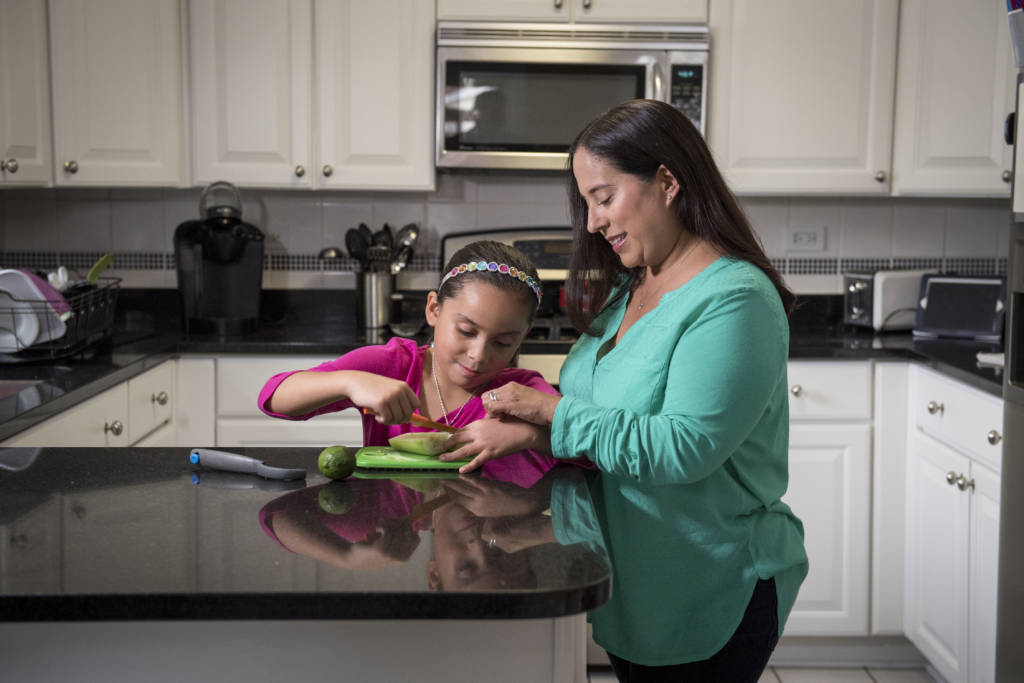Nine-year-old Isabel McKeehan spent the first two years of her life in and out of hospitals until liver failure and a liver biopsy led her to a rare genetic disease diagnosis called Urea Cycle Disorder (UCD). This disease affects 1 in 35,000 children born in the U.S. and Isabel has one UCD subtype called ornithine transcarbamylase (OTC).
Rare diseases are often difficult to diagnose because they may not present common or physical symptoms, even though most diseases send you signs of illness. When a person has a UCD, the urea cycle can’t convert ammonia safely into urea and the ammonia builds up because the body can’t get rid of it. When the ammonia reaches toxic levels in the blood it can trigger vomiting, confusion, and swelling in the brain.
“Isabel was hospitalized for 7 months and during that time they tested her for everything because her liver enzymes were very high,” explains Lupe, Isabel’s mother. “She didn’t represent typical liver failure symptoms, she didn’t have jaundice (yellowing of the skin), she wasn’t lethargic, so she was a puzzle to them.”
After performing several biopsies, that’s when the doctors found that Isabel had this rare condition. “When she was first diagnosed I think I had an anxiety attack because I didn’t comprehend very well what it was and what it meant for Isabel,” she says.
UCD can present many daily challenges, including having to take medication every day and having to follow a low-protein diet. Isabel has to eat 17.5 grams of protein daily, which is about the size of a cup of Greek yogurt, which is 8 ounces. “I have a notebook where I write everything that she eats and I have to add it up to make sure that she reaches her allowed protein content,” explains Lupe. In addition to a strict diet, she also takes several supplements, which include amino acids, fiber, vitamin D, and calcium because her body is missing the normal amount of nutrients that she needs to grow and thrive.






